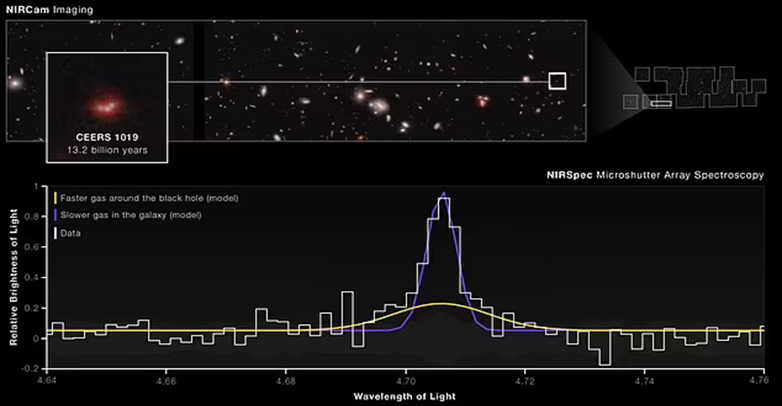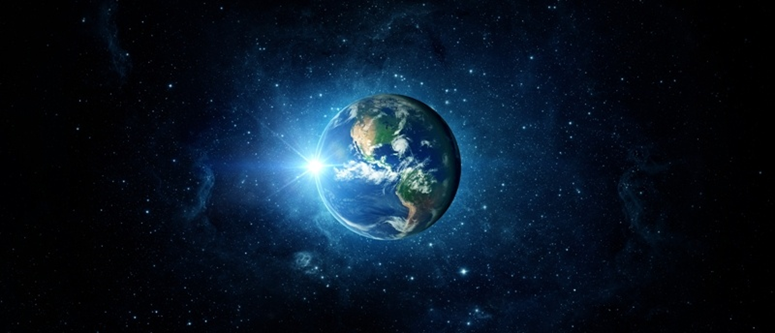NASA announces the detection of a “black hole” at the deepest point in the universe

NASA's James Webb Space Telescope has detected a black hole at the deepest point observed in the universe so far.
NASA indicated in a statement that the size of this black hole is about nine million solar masses, and the hole is located inside an ancient galaxy called “CARES 1019,” which was formed 570 million years after the Big Bang, making it more than 13 billion years old. .

The James Webb Telescope continues to discover the secrets of the universe - Image source: shutterstock
Experts confirmed that this black hole located in the center of the galaxy "KERS 1019" represents a puzzling mystery to scientists, as it is not yet clear how such a small black hole formed in the early days of the universe.
The James Webb Telescope captured the image using the MIRI camera, which is used for mid-infrared astrophotography and captures wavelengths of light outside the part of the electromagnetic spectrum that the human eye can see.
A confusing puzzle

The James Webb Telescope continues to discover the secrets of the universe - Image source: shutterstock
NASA explained that this hole is much smaller than other black holes that also existed in the early universe and were discovered by other telescopes.
The mysterious planet Neptune
Recently, the James Webb Telescope observed the “little Neptune” planet, which is located outside our solar system, and which has a mass much less than the mass of the planets Uranus and Neptune in our solar system.
Little Neptune contains deep layers of liquid oceans made of water or ammonia, in addition to layers of rock and ice, and has a steamy atmosphere, but little is known about it.
Source: websites

